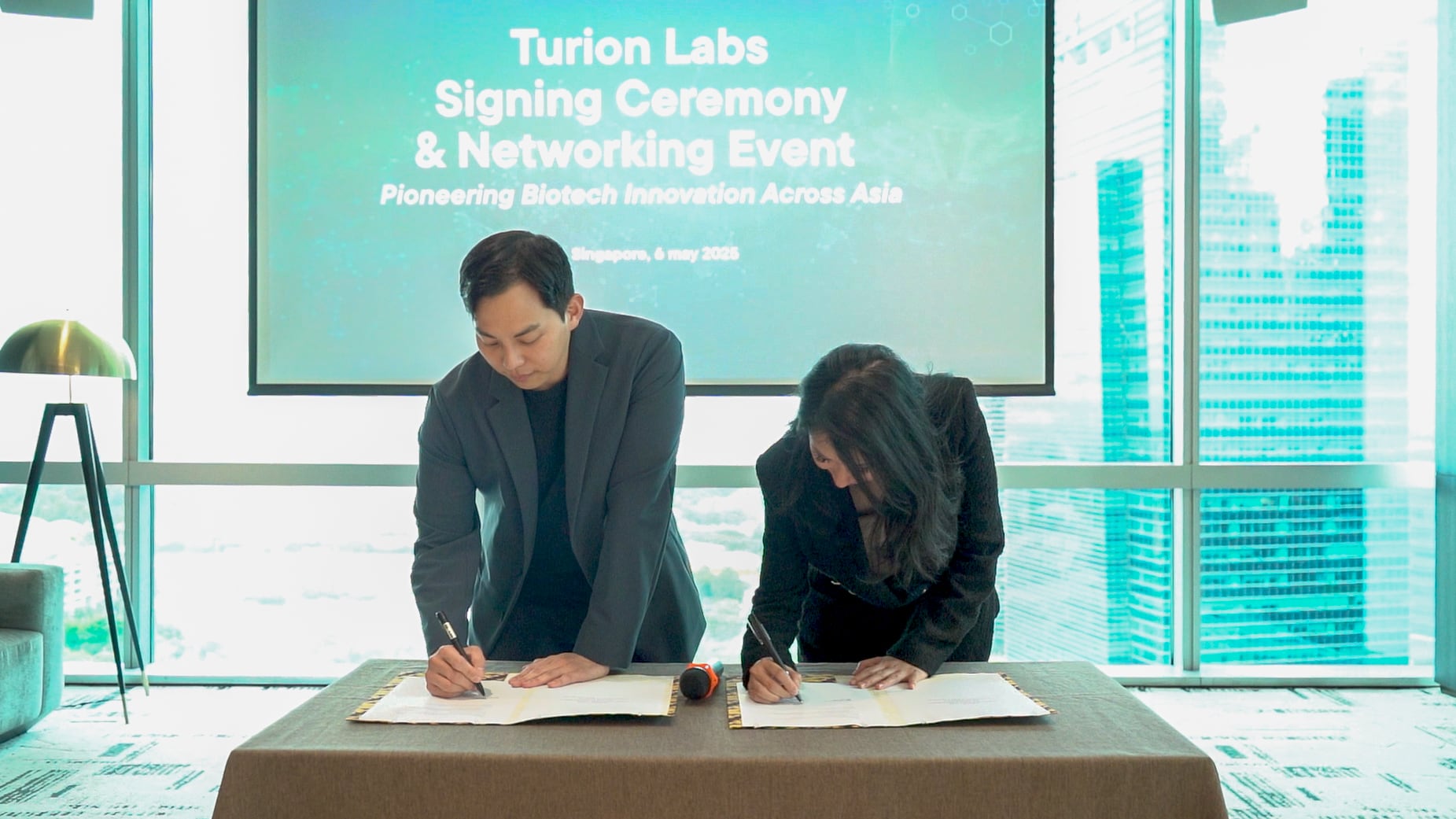PepsiCo APAC eyes more ‘win-win’ partnerships from latest accelerator programme
PepsiCo is hopeful that more ‘win-win’ partnerships between the global F&B giant and regional startups will come out of its latest Greenhouse Accelerator (GHAC) programme in APAC.
The firm recently announced the 10 startup finallists for GHAC APAC, covering a wide range of disciplines from waste management solutions and upcycling methodologies to green hydrogen systems.
According to PepsiCo APAC Chief Sustainability Officer Ashley Brown, PepsiCo sees the GHAC as a ‘win-win’ solution for both the company as well as the start-ups involved in the programme.
“The GHAC is a strategic extension of our business priorities in Asia Pacific. It enables us to work alongside startups to test, adapt, and scale innovations that drive both sustainability outcomes and commercial value,” he said.
Indonesian start-up taps health and upcycling trends to modernise traditional pastries
Indonesian start-up Dapur Mempura is utilising food trends such as health and wellness as well as upcycled ingredients to modernise traditional local pastries.
Dapur Mempura is based in the Indonesia’s Siak regency, largely considered a rural area with mostly villages making up the region – but this has not stopped the firm from utilising modern food trends to innovate its products.
“The Malay-style Kemojo sponge cake or bolu Kemojo is a very traditional pastry, sold in many markets in this region,” Dapur Mempura Founder Santi Lestari said.
The firm’s focus is also driven by the potential to upcycle rice bran, as there is an abundant supply of this in Riak due to the region’s agricultural rice planting activities.
Hybrid product innovation increasingly important to ‘overcome shortcomings’ in APAC nutrition
Hybrid products made from both animal and plant-based proteins have the potential to break out of the alt-protein space and play a broader role in addressing nutritional gaps.
The development of these hybrid products were previously most often considered as part of the alternative protein category, but experts now believe that the need to focus on this segment goes far beyond protein alone.
“Hybrid products have a major opportunity to really stand out in terms of nutrition as well as other aspects and not just as an alternative protein, as there is room to blend and fuse things in order to overcome shortcomings of any individual ingredient,” Head of Nutrition, Singapore Institute for Food and Biotechnology Innovation (SIFBI) said.
“It was always considered one of the next generation of meatlike substances after plant-based meat, a category which suffered in Asia due to price, taste and digestibility factors, but now if we recognise those weaknesses and hybridise ingredients to complement one another, the potential to move beyond this is quite clear.”
Co-piloting food production: What roles can AI play in the future of food beyond automation?
Artificial intelligence (AI) is set to break many boundaries in food manufacturing, with experts identifying formulation, process optimisation and speed-to-market as key benefits.
Artificial intelligence (AI) is set to break many boundaries in food manufacturing, with experts identifying formulation, process optimisation and speed-to-market as key benefits.
As the technology evolves and advances, this is set to change and AI is now believed to have the potential to add value to food production in many more facets.
“We are starting to see AI unlock much deeper value across the entire product development lifecycle beyond just automation or consumer insights – it is becoming a true co-pilot in how we design, produce, and optimize food systems,” Future Food Asia 2025 (FFA25) organising firm ID Capital CEO Isabelle Decitre said.
Fibre fortification: Seizing opportunities in China’s dietary gaps and emerging food trends
China’s insufficient fibre intake is creating opportunities for the food industry to innovate with fibre-rich, functional ingredients that meet nutritional and consumer demands.
Brands are turning to fibre to meet consumer demand for healthier, low-calorie products that don’t compromise on taste or texture.
This is according to global ingredients firm Tate & Lyle, which specialises in plant-based ingredients solutions among its portfolio.
“Across food and beverage sectors, we see more fibre-enriched products being launched.
“Based on our new product database, over the past five years, new products with high-fibre claims have grown by over 15% CAGR. In food, snacks, breakfast cereals, bakery, and dairy are top categories,” said Lily You, Tate & Lyle’s senior manager for Consumer Insights and Analytics in APAC.





